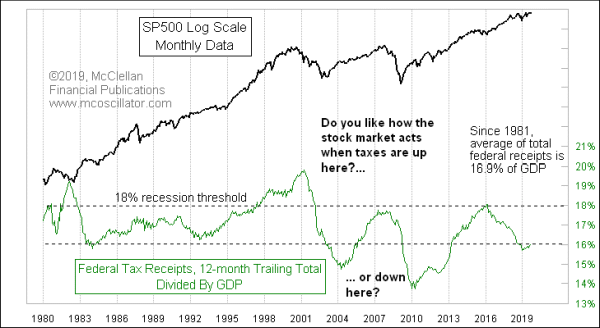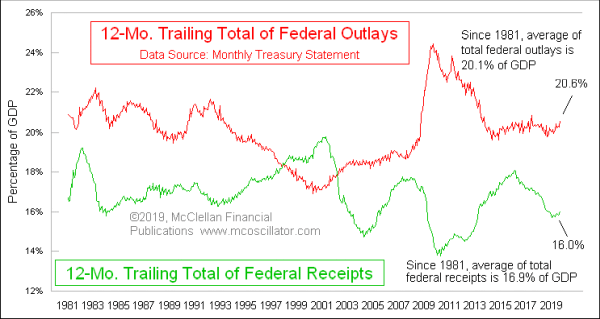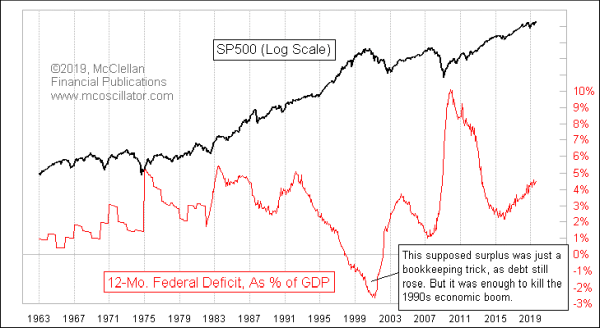The recent analog chart put together by Fidelity and Factset is interesting. As you can see below, they plotted 27 months of stock market performance data, normalized it from 4 different time periods, ’94, ’96, ’11 and current (black). What falls out is an analog. A tight correlation between price action from the bottom of each cyclical adjustment bottom. With the black line being where we are today, it implies investors should expect smooth sailing for stocks through September of next year. Why September? I have no clue on what or why the stopped the data from there. My guess is the analog fell apart as the data diverged and no longer held.
Before anyone goes out and mortgages their future and goes all in on stocks based upon the analog playing out, like everything that has to do with investing, there are no guarantees. I have seen dozens of analogs and most of the time they are created (data mining) to support someone’s thesis/prediction of the future. In this instance, this is not the case. In my experience I have found analog’s accuracy no better than flipping a coin, no edge and certainly nothing to bet the farm on. What I find most interesting with this analog is, if it were to hold true for the current period, it would end right before …. Our presidential election. A period I expect to be the most violent and volatile period we will have gone through in a long time. Grab some popcorn and a comfortable chair as only time will tell how this all plays out.







